9+ Tertiary Consumers in the Desert and Their Characteristics
Tertiary consumers in the desert include a diverse array of predators such as dingoes, hawks, African golden wolves, and eagles. These apex predators play crucial roles in regulating prey populations, with species like mountain lions and lynxes targeting herbivores, while scavengers like lappet-faced vultures contribute to nutrient recycling. Cheetahs showcase remarkable speed in hunting, while eagle owls and hyenas exhibit specialized hunting or scavenging strategies, respectively. Overall, these tertiary consumers maintain the delicate balance of desert ecosystems through their feeding behaviors and ecological interactions.
1. Dingo
The dingo (Canis lupus dingo) is a formidable tertiary consumer in the desert ecosystem, playing a crucial role in regulating prey populations. As a skilled hunter, dingoes primarily target medium-sized mammals such as kangaroos, wallabies, and rabbits. Their adaptability allows them to thrive in various desert environments, where they hunt singly or cooperatively in packs, exhibiting impressive coordination and strategy. With their sharp senses and agile bodies, dingoes are apex predators, exerting significant influence on the desert food web dynamics.
2. Hawk
Hawks are dominant tertiary consumers in desert ecosystems, renowned for their exceptional hunting prowess and keen eyesight. These birds of prey soar high above the arid landscapes, scanning the terrain for small mammals, reptiles, and insects. With their sharp talons and powerful beaks, hawks swiftly capture their prey, playing a vital role in controlling rodent populations and maintaining ecosystem balance in the desert.
3. African Golden Wolf
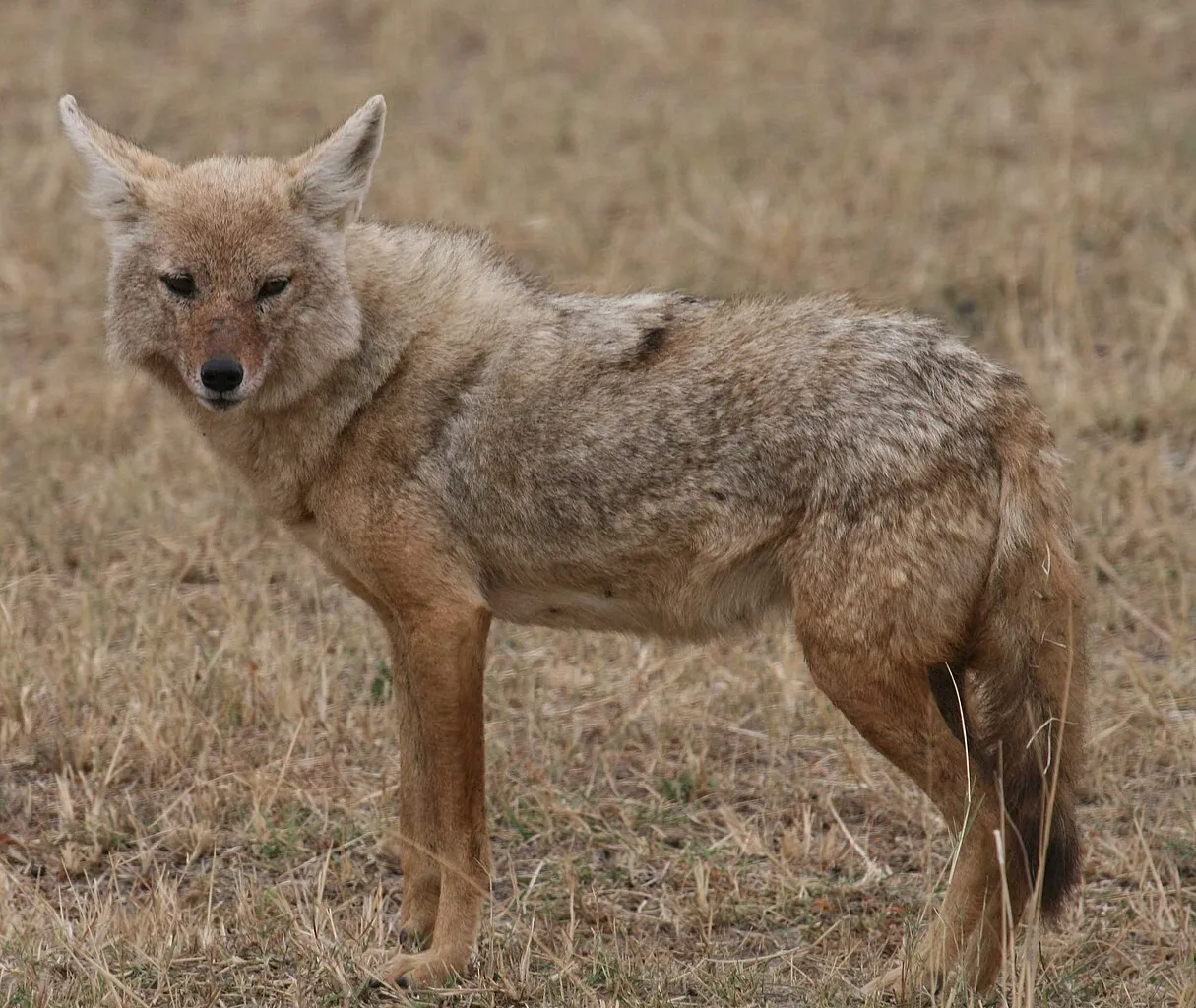
The African golden wolf (Canis anthus) occupies a prominent niche as a tertiary consumer in desert ecosystems, preying on a variety of smaller mammals, birds, and insects. With its keen sense of smell and remarkable agility, the African golden wolf is well-adapted to the harsh desert environment. As an efficient predator, it helps regulate the populations of its prey species, contributing to the overall health and stability of the desert ecosystem.
4. Eagle
Eagles stand out as powerful tertiary consumers in desert food chains, possessing keen eyesight and formidable hunting skills. These majestic birds of prey target a diverse range of prey including small mammals, reptiles, and birds. With their impressive aerial abilities and sharp talons, eagles play a crucial role in maintaining ecological balance by controlling populations of their prey species in desert environments.
5. Mountain Lion
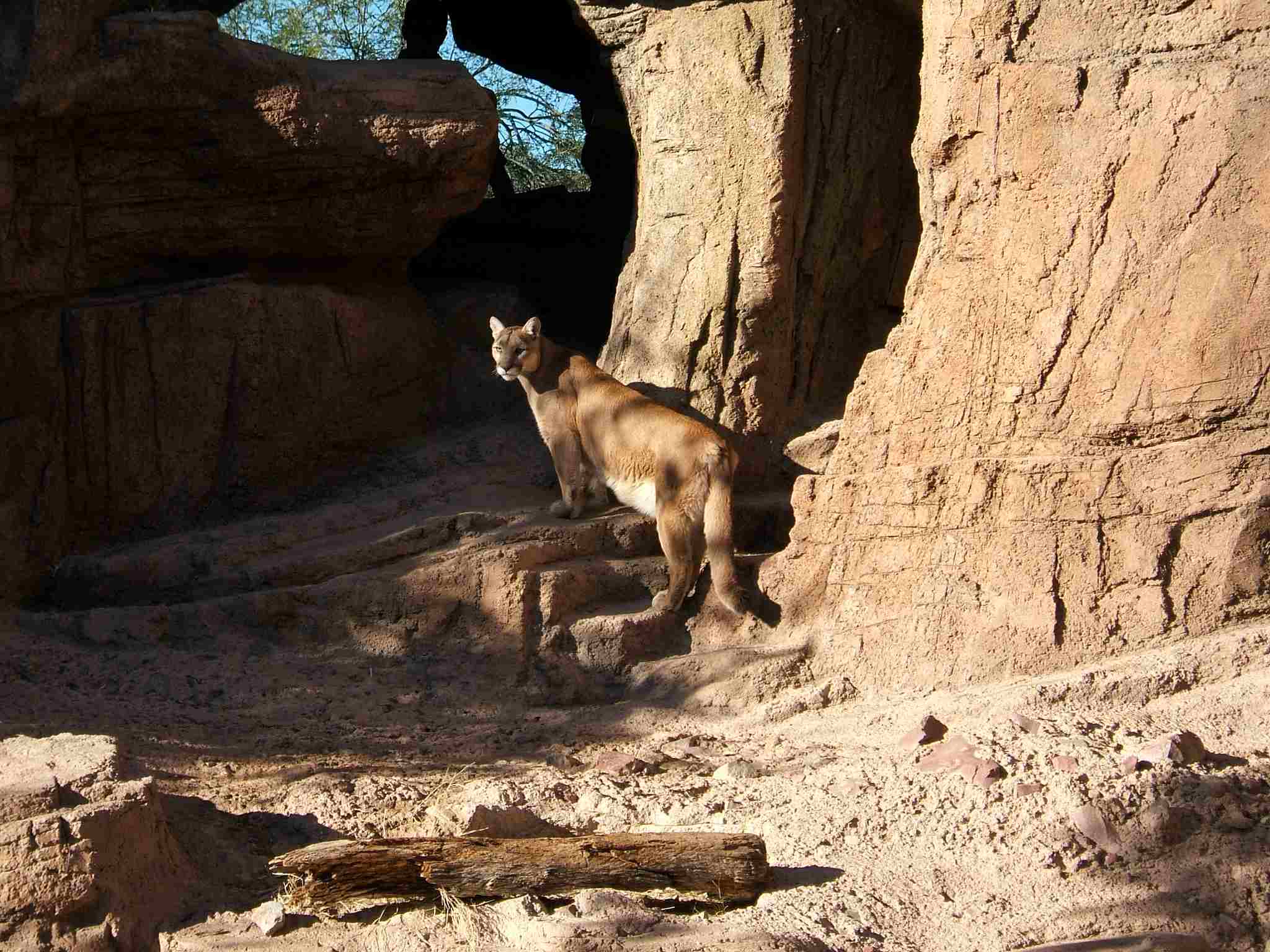
Mountain lions, also known as cougars or pumas, are apex tertiary consumers in desert ecosystems, exerting significant influence on the food web dynamics. These solitary predators are highly adaptable and can thrive in various desert habitats. Mountain lions primarily prey on herbivores such as deer, bighorn sheep, and smaller mammals like rabbits and rodents. With their stealth and strength, they play a crucial role in regulating prey populations, contributing to the overall balance and health of the desert ecosystem.
6. Lynx
Lynxes are proficient tertiary consumers in desert ecosystems, known for their stealthy hunting techniques and sharp senses. These elusive cats primarily target small mammals such as rabbits, rodents, and birds. With their thick fur and large paws, lynxes are well-adapted to the desert environment, where they play a vital role in controlling prey populations and maintaining ecological balance.
7. Lappet-Faced Vulture
The lappet-faced vulture (Torgos tracheliotos) is a dominant tertiary consumer in desert ecosystems, scavenging on carcasses and playing a crucial role in nutrient recycling. With its massive size and powerful beak, the lappet-faced vulture can tear through tough hides to access nutritious meat. As an efficient scavenger, it helps prevent the spread of disease by consuming carrion, contributing to the overall health and hygiene of the desert environment.
8. Cheetah
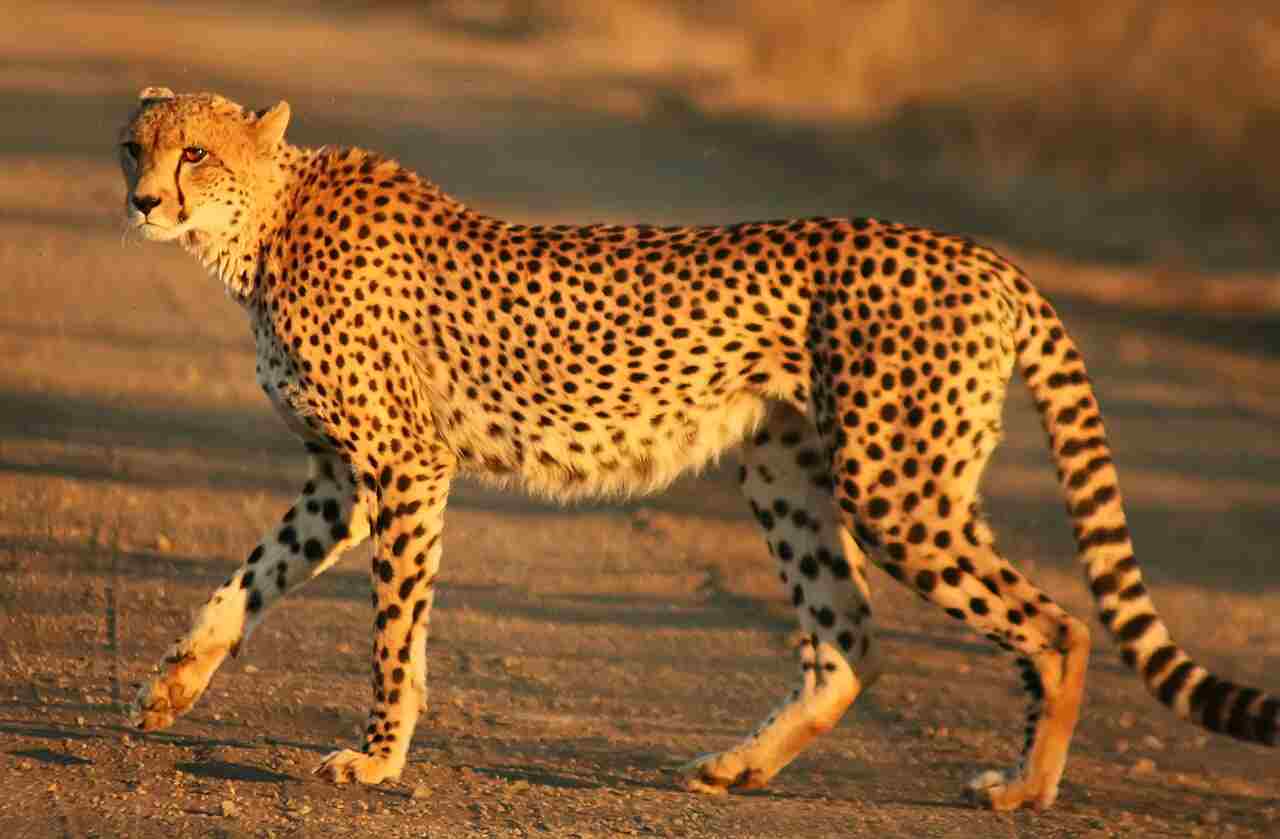
Cheetahs are iconic tertiary consumers in desert ecosystems, renowned for their incredible speed and agility. These sleek predators primarily hunt medium-sized ungulates such as gazelles and antelopes. With their lightning-fast sprints and sharp claws, cheetahs are highly successful hunters, capable of reaching speeds of up to 60 miles per hour in short bursts. Their presence helps regulate prey populations, ensuring the balance and stability of the desert food web.
9. Eagle Owl
Eagle owls are formidable tertiary consumers in desert ecosystems, preying on a variety of smaller mammals, birds, and reptiles. With their exceptional nocturnal vision and silent flight, these large owls are highly effective hunters, capable of capturing prey with precision. Eagle owls play a crucial role in controlling populations of rodents and other small animals, contributing to the overall health and balance of the desert ecosystem.
10. Hyena
Hyenas are dominant tertiary consumers in desert environments, playing a vital role in scavenging and controlling prey populations. These opportunistic predators have powerful jaws and strong digestive systems, allowing them to consume a wide range of prey, including carrion and small to medium-sized mammals. With their social structure and cooperative hunting behavior, hyenas are highly efficient predators, contributing to the ecological balance of the desert ecosystem.
| Tertiary Consumer | Description |
| 1. Dingo |
Skilled hunter targeting medium-sized mammals like kangaroos, wallabies, and rabbits.
|
| 2. Hawk |
Birds of prey with keen eyesight, hunting small mammals, reptiles, and insects.
|
| 3. African Golden Wolf |
Efficient predator preying on smaller mammals, birds, and insects, regulating prey populations.
|
| 4. Eagle |
Majestic birds of prey capturing small mammals, reptiles, and birds, maintaining ecological balance.
|
| 5. Mountain Lion |
Solitary predators preying on herbivores such as deer, bighorn sheep, and smaller mammals.
|
| 6. Lynx |
Elusive cats hunting small mammals like rabbits, rodents, and birds, contributing to prey population control.
|
| 7. Lappet-Faced Vulture |
Massive scavengers consuming carrion, aiding in nutrient recycling and preventing disease spread.
|
| 8. Cheetah |
Sleek predators hunting medium-sized ungulates such as gazelles and antelopes with incredible speed.
|
| 9. Eagle Owl |
Nocturnal hunters preying on smaller mammals, birds, and reptiles with exceptional vision and silent flight.
|
| 10. Hyena |
Opportunistic predators scavenging carrion and hunting small to medium-sized mammals with cooperative behavior.
|
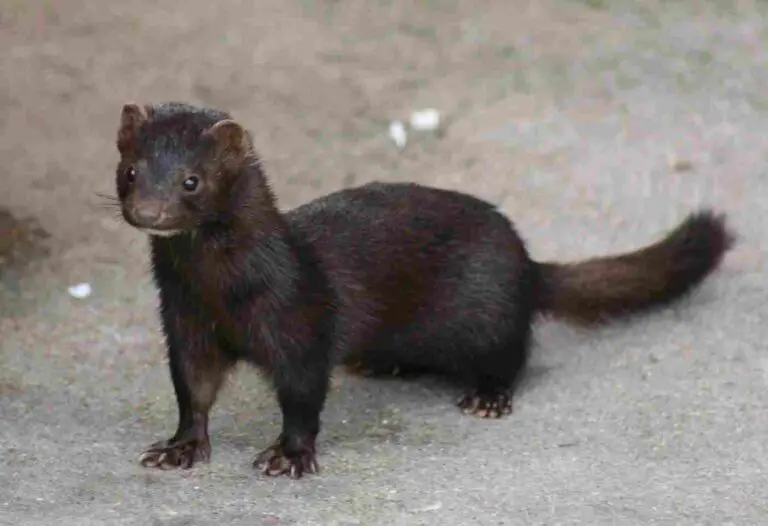
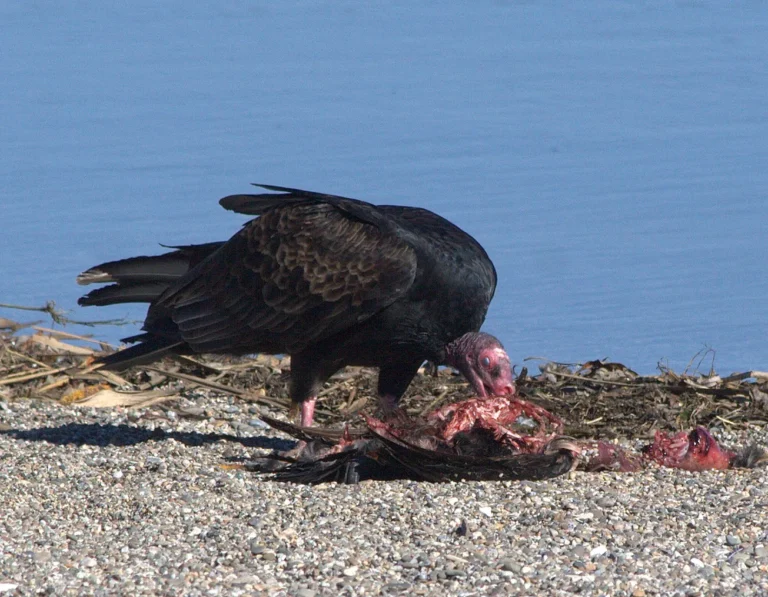
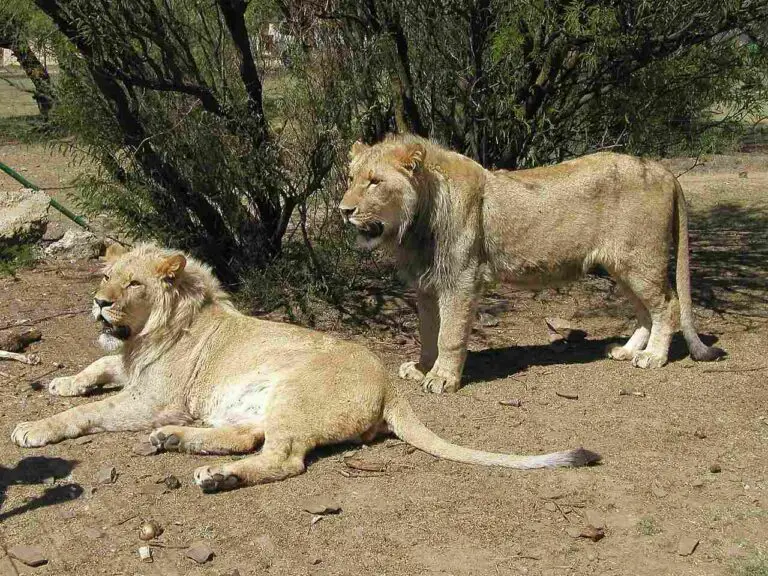
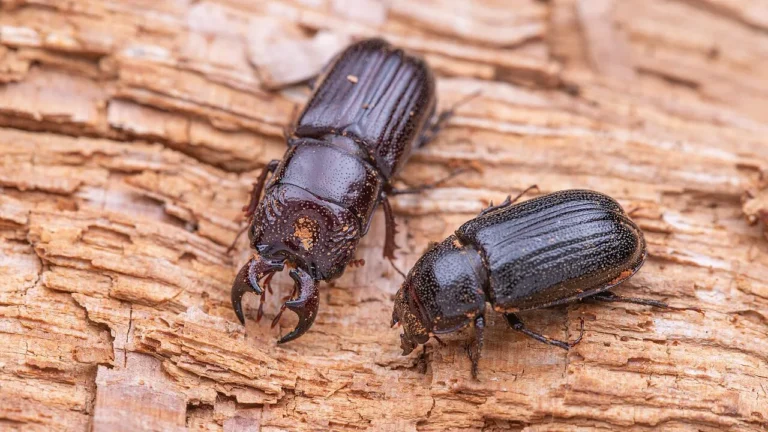
Your blog is a true hidden gem on the internet. Your thoughtful analysis and in-depth commentary set you apart from the crowd. Keep up the excellent work!
Many thanks. it is highly appreciated.
Hi my family member I want to say that this post is awesome nice written and come with approximately all significant infos I would like to peer extra posts like this
Thank you so much. Yes, do check our other posts at will.
Your ability to distill complex concepts into digestible nuggets of wisdom is truly remarkable. I always come away from your blog feeling enlightened and inspired. Keep up the phenomenal work!